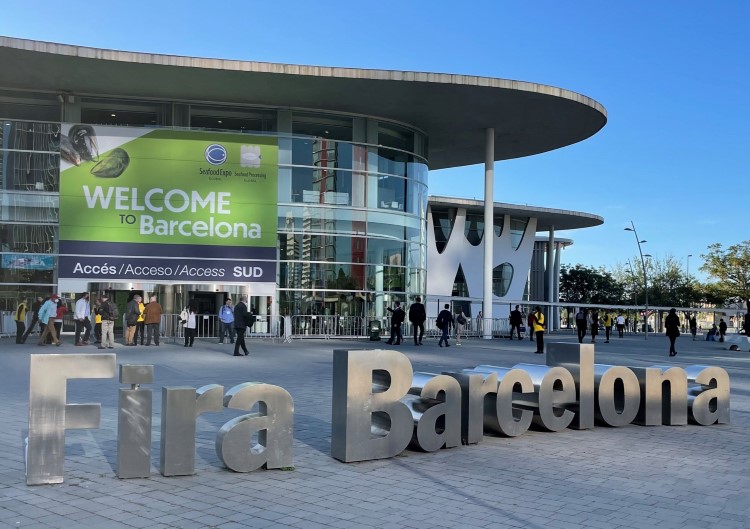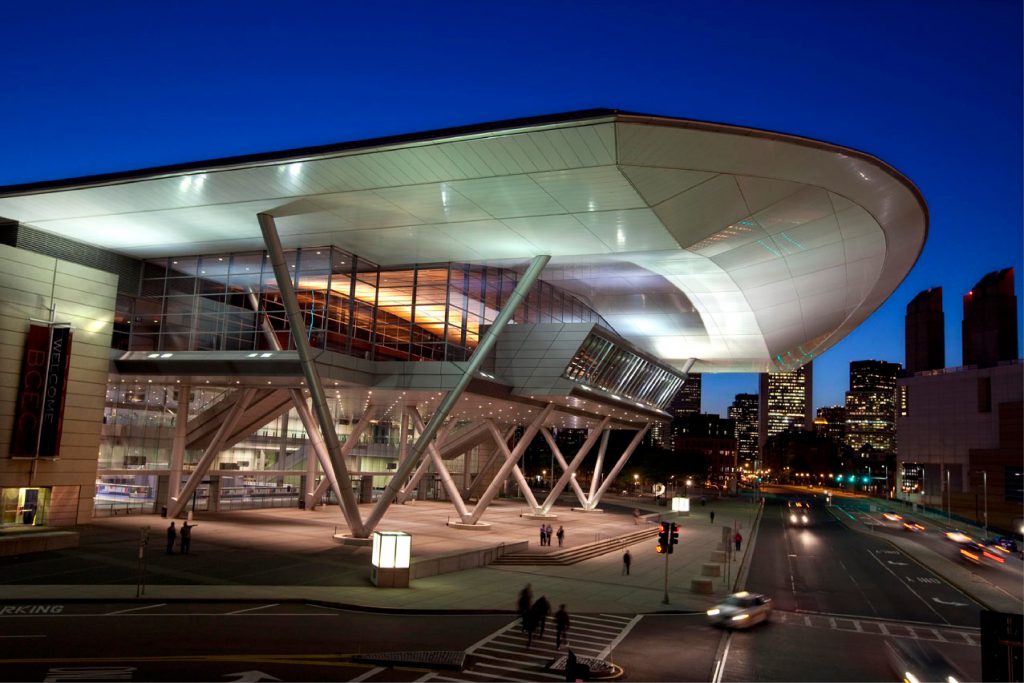BAP Program Experiences Robust Growth In 2013
January, 2014
The Global Aquaculture Alliance’s (GAA) Best Aquaculture Practices (BAP) third-party certification program had a fruitful 2013, experiencing robust growth in terms of the number of BAP-certified facilities and the volume of product from BAP-certified facilities available in the marketplace.
 Last year, the BAP program experienced a 31% increase in the number of facilities certified, a 29% increase in the volume of product originating from BAP-certified processing plants and an impressive 57% increase in the volume of product originating from BAP-certified farms.
Last year, the BAP program experienced a 31% increase in the number of facilities certified, a 29% increase in the volume of product originating from BAP-certified processing plants and an impressive 57% increase in the volume of product originating from BAP-certified farms.
The annual output from BAP-certified processing plants totaled 1.392 million metric tons (MT) as of Dec. 31, 2013, up from 1.076 MT at the end of 2012 — a 29.4% increase. The number of BAP-certified plants jumped from 210 at the end of 2012 to 248 at the end of 2013.
Meanwhile, the annual output from BAP-certified farms totaled 751,000 MT as of Dec. 31, 2013, up from 478,000 MT at the end of 2012 — a 57.1% increase.
The number of BAP-certified farms jumped from 248 at the end of 2012 to 352 at the end of 2013. Additionally, the number of BAP-certified hatcheries and feed mills totaled 28 and 21, respectively.
Much of the growth within the BAP program in 2013 came from salmon. Last year, the output from BAP-certified salmon farms more than doubled, to more than 439,000 MT, while the output from BAP-certified salmon processing plants more than tripled in 2013, to more than 453,000 MT.
Progress also came in standards development in 2013. In April, new BAP finfish and crustacean farm standards were completed, opening up the BAP program to a number of species not previously covered, including sea bass, sea bream, cobia, trout and barramundi.
In August, new BAP mussel farm standards were finalized and will be used as a template to develop broader mollusk farm standards for clams, oysters, scallops, abalone and other species. The hatchery and nursery standards for finfish, crustaceans and mollusks are also expected to be completed this year.
The BAP program also welcomed a number of firsts in 2013, including the first BAP-certified mussel processing plant (Canada’s Norlantic Processors Ltd.), the first BAP-certified mussel farm (Canada’s Atlantic Aqua Farms), Australia’s first BAP-certified processing plant (Tassal Group Ltd.), the first company to offer one-star pompano (China’s Guangdong Gourmet Aquatic Products Co.), the United States’ first BAP-certified steelhead trout or salmon farm (Pacific Seafood Group) and Europe’s first BAP-certified salmon-processing plant (Norway’s Vikenco AS).
About BAP
A division of the Global Aquaculture Alliance, Best Aquaculture Practices is an international certification program based on achievable, science-based and continuously improved performance standards for the entire aquaculture supply chain — farms, hatcheries, processing plants and feed mills — that assure healthful foods produced through environmentally and socially responsible means. BAP certification is based on independent audits that evaluate compliance with the BAP standards developed by the Global Aquaculture Alliance. For more information on BAP, visit http://bap.gaalliance.org/.



